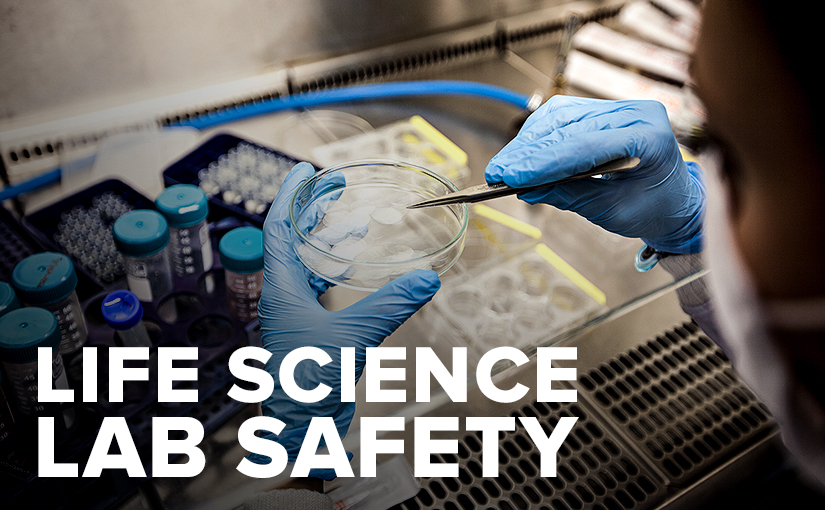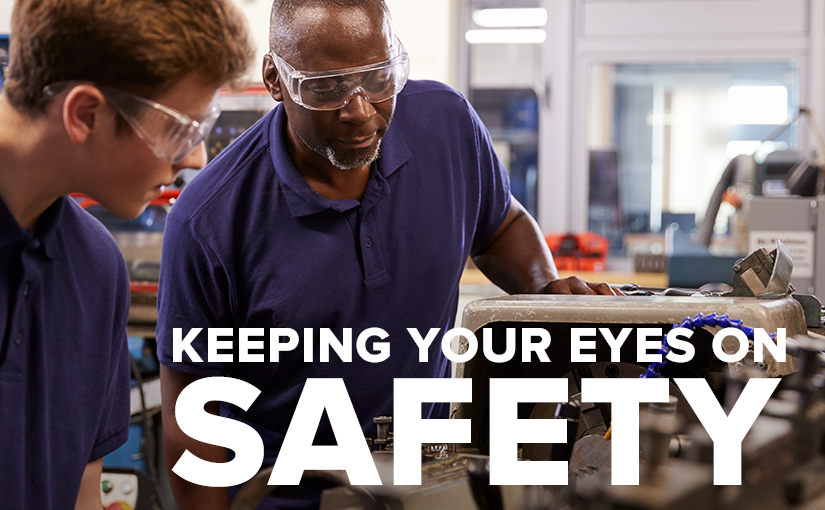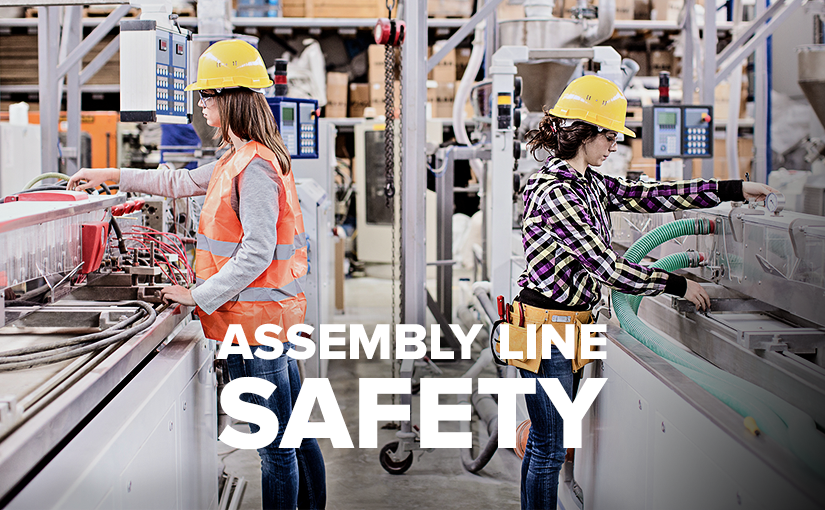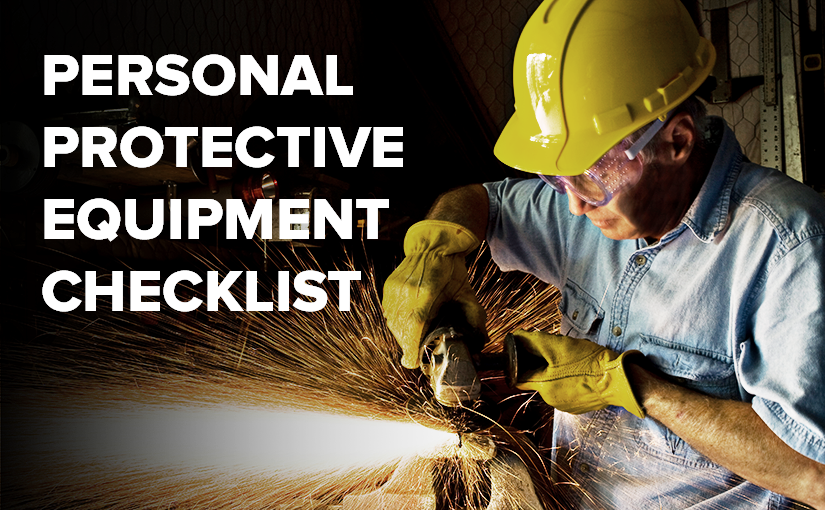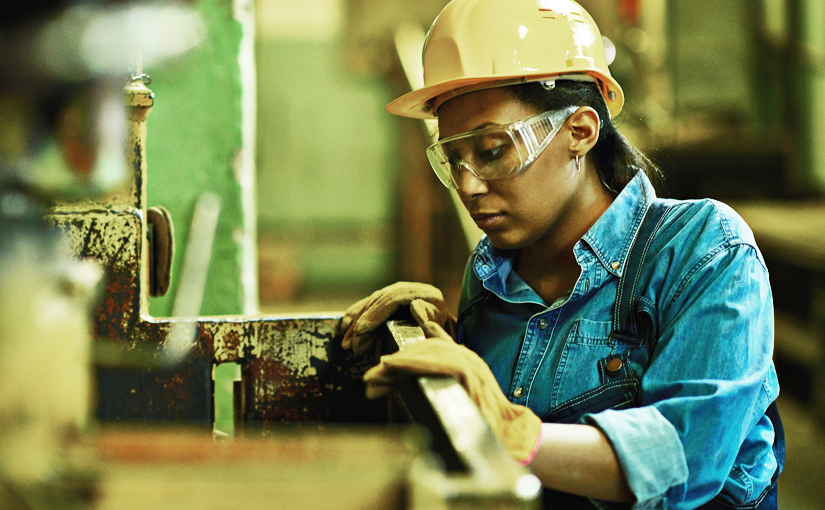In a laboratory, an ounce of prevention really is worth a pound of cure. Taking steps to prevent exposure to hazards comes in many forms; establishing a culture of safety, administering regular inspections, and wearing protective gear, just to name a few. Personal protective equipment (PPE) comes in many different forms and varieties; knowing what equipment to wear and when to wear it is half the battle to keeping everyone in a workplace safe. Continue reading PPE for Lab Professionals
Tag: safety glasses
Reducing Eye Injury: The Basics
The Centers for Disease Control (CDC) reports that about 2,000 workers in the US sustain a work-related eye injury that requires medical attention each day. Prevent Blindness America and many other professional organizations maintain that 90% of these accidents could be prevented. As an employer, you are responsible for providing the proper personal protective equipment (PPE) for every person working under your supervision. You can do your part to prevent these injuries from happening by understanding when eye protection should be worn and what type of protection should be used for different tasks. Continue reading Reducing Eye Injury: The Basics
The Must List: Manufacturing Safety
Fast-moving belts, metal-crushing machinery, and scraps potentially flying every which way. In the manufacturing world, safety hazards are plentiful, but fortunately, so is the safety equipment designed to provide protection from the dangers of the job. Here, we’ve compiled a comprehensive list of all the equipment your facility should have on hand in order to keep your workers safe, and your assembly line running smoothly and efficiently. Continue reading The Must List: Manufacturing Safety
Stay Safe with this Checklist for Personal Protective Equipment (PPE)
To reduce workplace accidents and shield workers from potential hazards, it’s important to have a thorough plan for equipping workers with personal protective equipment (PPE).
Without protective equipment plan, employees are at risk of injury and employers could be subject to fines or penalties. OSHA stipulates that employers must pay for personal protective equipment for employees with the exception of prescription safety glasses, safety-toe protective footwear and other equipment or clothing that is personal or worn outside of the job.
To help determine which protective gear is necessary for the job, we’ve prepared a checklist of commonly required personal protective equipment below. Continue reading Stay Safe with this Checklist for Personal Protective Equipment (PPE)
Colored Safety Glasses: More than Just a Fashion Statement
While lens tints on safety glasses look fashion-forward, the primary purpose of the colored lenses is actually to enhance a worker’s vision under various lighting conditions. In this blog, we’re exploring different lens options, their applications and the percentage of visible light transmission (VLT), which refers to the amount of visible light that can pass through the lens. Continue reading Colored Safety Glasses: More than Just a Fashion Statement

